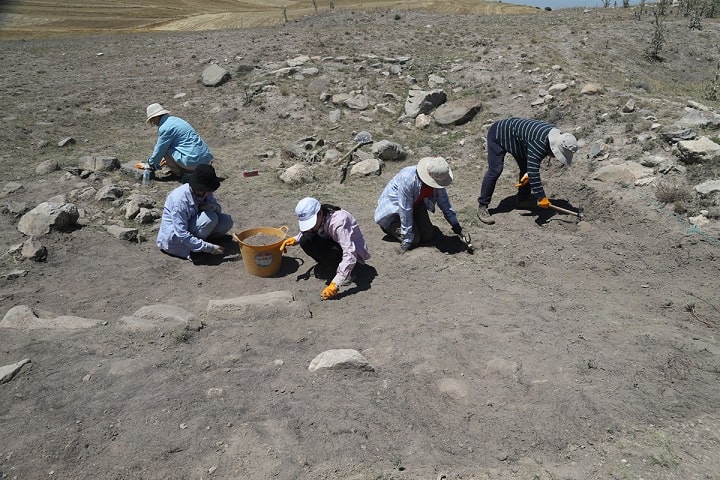
The aim is to unearth important findings from the Hittite period in Külhöyük
The Külhöyük, located in the Gölbaşı district of Ankara, the capital of Türkiye, continues to provide data shedding light on Hittite history. The location of Külhöyük on the road network through which the Hittites reached the Cilicia region has made it a significant center both militarily and commercially throughout the ages. Külhöyük was discovered as

The hazelnuts eaten by the Assyrians 4000 years ago did not come from Europe
The acquaintance of Anatolia with writing occurred through the Assyrians who established the trading colony of Kültepe/Kanish. The Assyrian traders, who set up a karum in Kültepe, located within the boundaries of present-day Kayseri province in Türkiye, not only engaged in trade but also facilitated the interaction of Anatolia with Mesopotamian culture. During the long-term
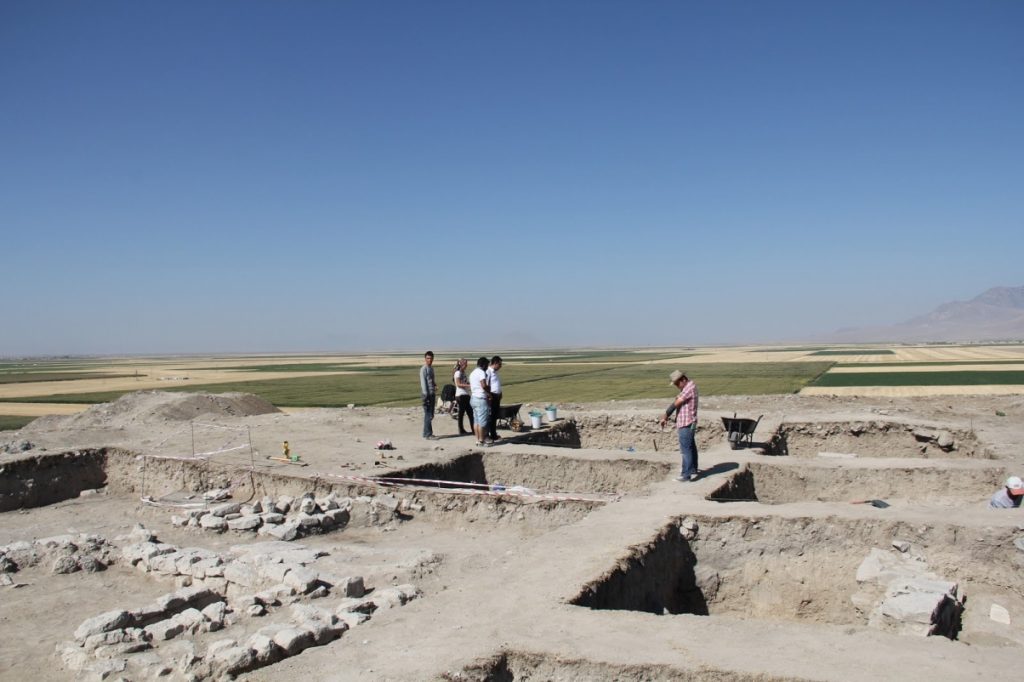
The ancient city of Derbe, mentioned in the Bible, cannot be excavated due to insufficient funding
The ancient city of Derbe, which was a center of the bishopric in the early years of Christianity and mentioned in the Bible, cannot continue its excavation due to insufficient funding since the commencement of the excavation work in 2013. Surface surveys conducted at Derbe Mound, believed to be the ancient city of Derbe located
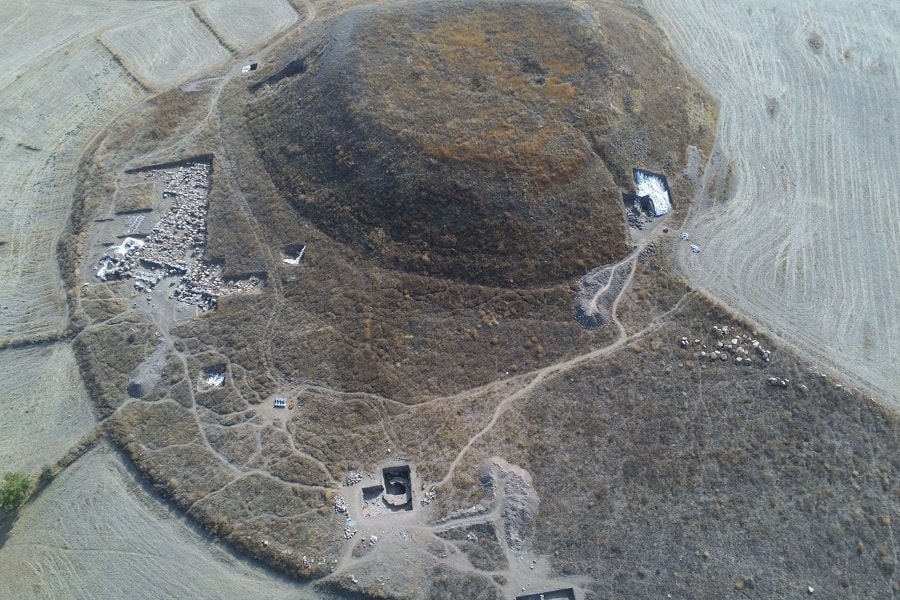
The circular structure uncovered at Uşaklı Mound may indicate the sacred Hittite city of Zippalanda
The circular structure uncovered in the excavations at Uşaklı Mound may potentially indicate the lost Hittite sacred city of Zippalanda. This claim is supported by findings from the past excavation seasons. The archaeological team from Pisa University, who participated in the Uşaklı Mound excavations, published the 2022 excavation report. Regarding the circular structure discovered during
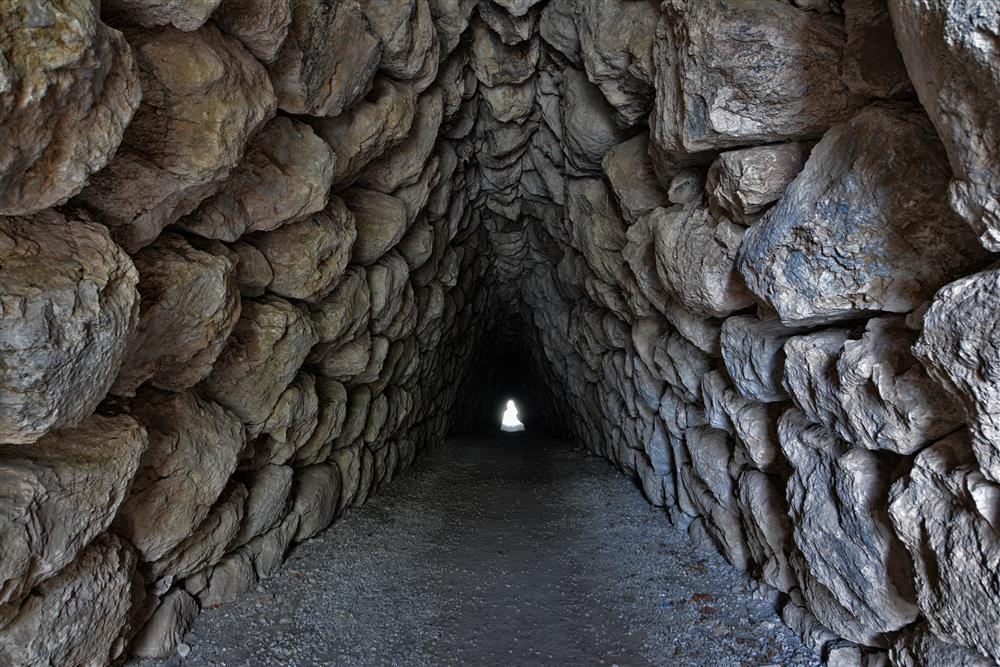
Scientists have the deciphering of the Anatolian hieroglyphs discovered in the Yerkapı Tunnel in Hattusa
The deciphering of the Anatolian hieroglyphs discovered during last year’s Hattusa excavations, led by Prof. Dr. Andreas Schachner, has been completed. The Anatolian hieroglyphs discovered in the Yerkapı Tunnel in Hattusa last year revealed new information about the person responsible for constructing the tunnel. The hieroglyphs contain the name and title of the individual in

The new discoveries at Kültepe Kanesh Karum, which was the accommodation place for Assyrian traders
New discoveries shedding light on the Bronze Age period have been made in ongoing excavations at Kültepe Kanesh Karum, which served as the trading hub for Assyrian merchants who brought writing to Anatolia. Kültepe Kanesh Karum is located in the Kayseri province of Türkiye. In the Assyrian language, ‘karum’ means harbor or port, and it

The Hittite city of Samuha will be open to visitors in 2024
The 3,800-year-old Hittite city Kayalıpınar, located in the Yıldızeli district of Sivas and formerly known as Samuha, is planned to be opened to visitors next year. The excavations in Kayalıpınar began in 2005 under the supervision of Associate Professor Dr. Vuslat Müller Karpe from Philipps University of Marburg, Germany. It’s have been ongoing intermittently up
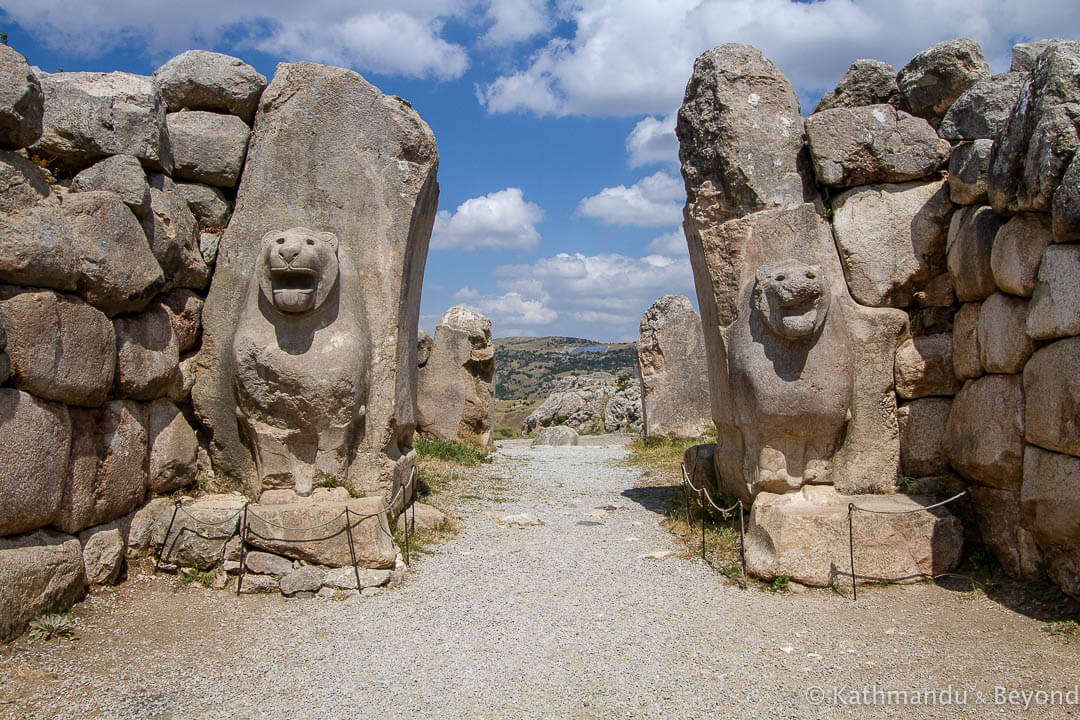
A new Indo-European language has been discovered in the Hittite capital Hattusa
In ongoing excavations in Hattusa, the capital of the Hittites, who established Anatolia’s first central state, a new Indo-European language has been discovered. Hattusa is located in the Boğazköy district of Çorum province in present-day Türkiye. Over the past 100 years of ongoing excavations in Hattusa, approximately 30,000 clay tablets written in cuneiform script have
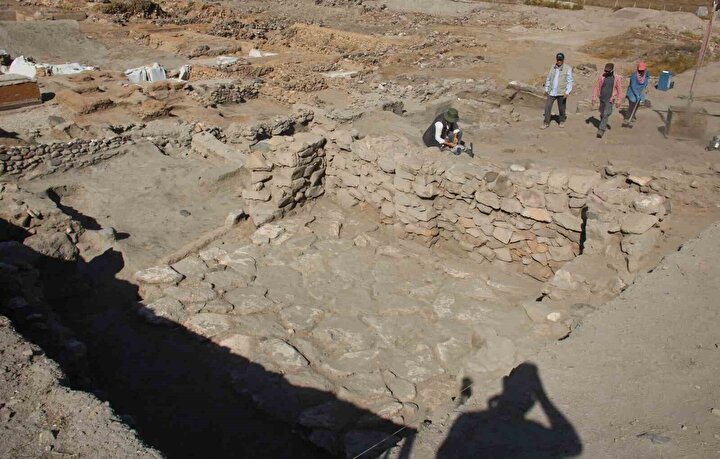
Archaeologists unearthed 4200-year-old various wheat grains in Kültepe
Various wheat grains that are 4200 years old were unearthed in Kültepe, located in the province of Kayseri, Türkiye. Kültepe is an archaeological site that was the center of the Assyrian trade colony (karum in Assyrian) in the Early Bronze Age. The cuneiform clay tablets excavated in Kültepe dating back to the 20th and 19th

